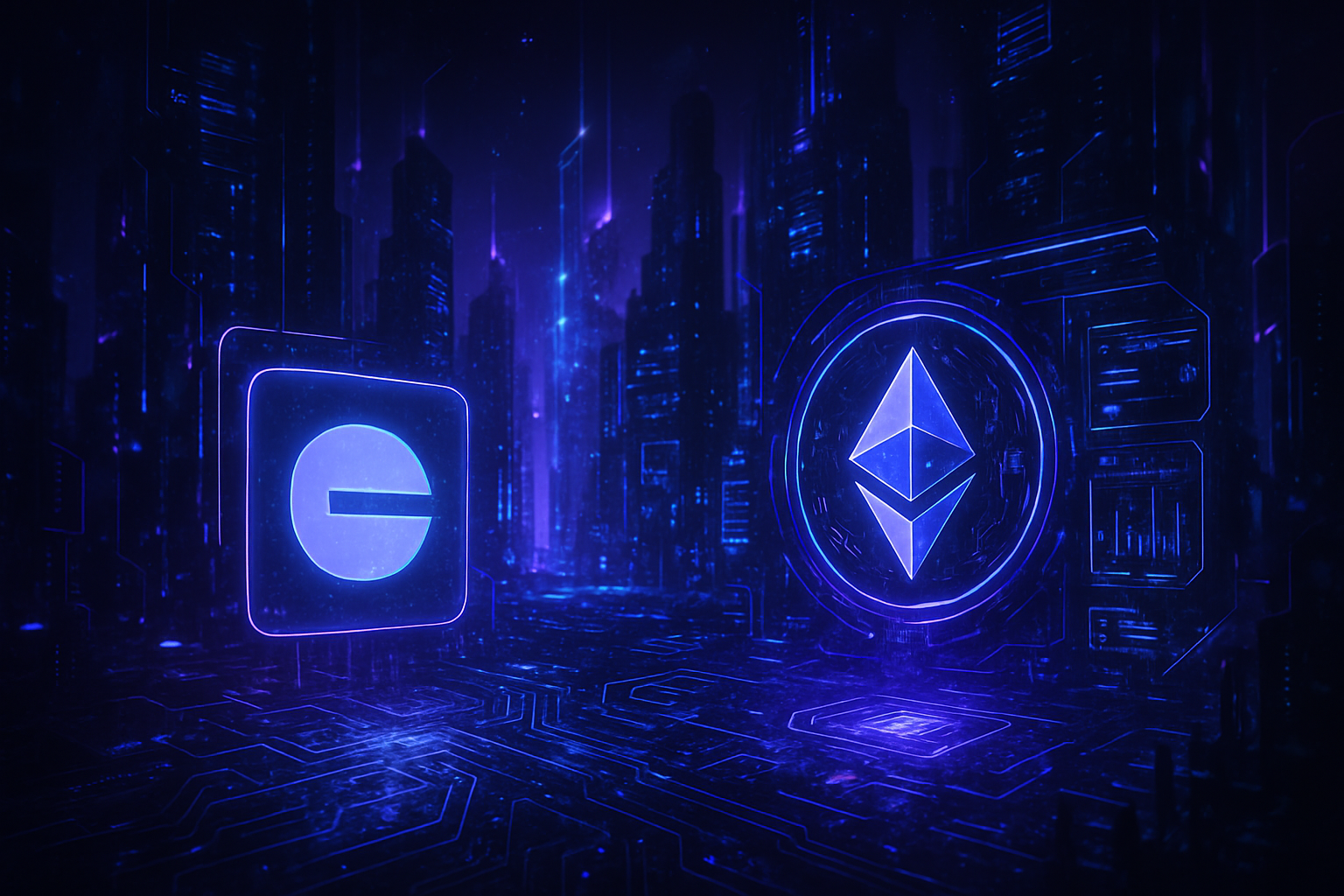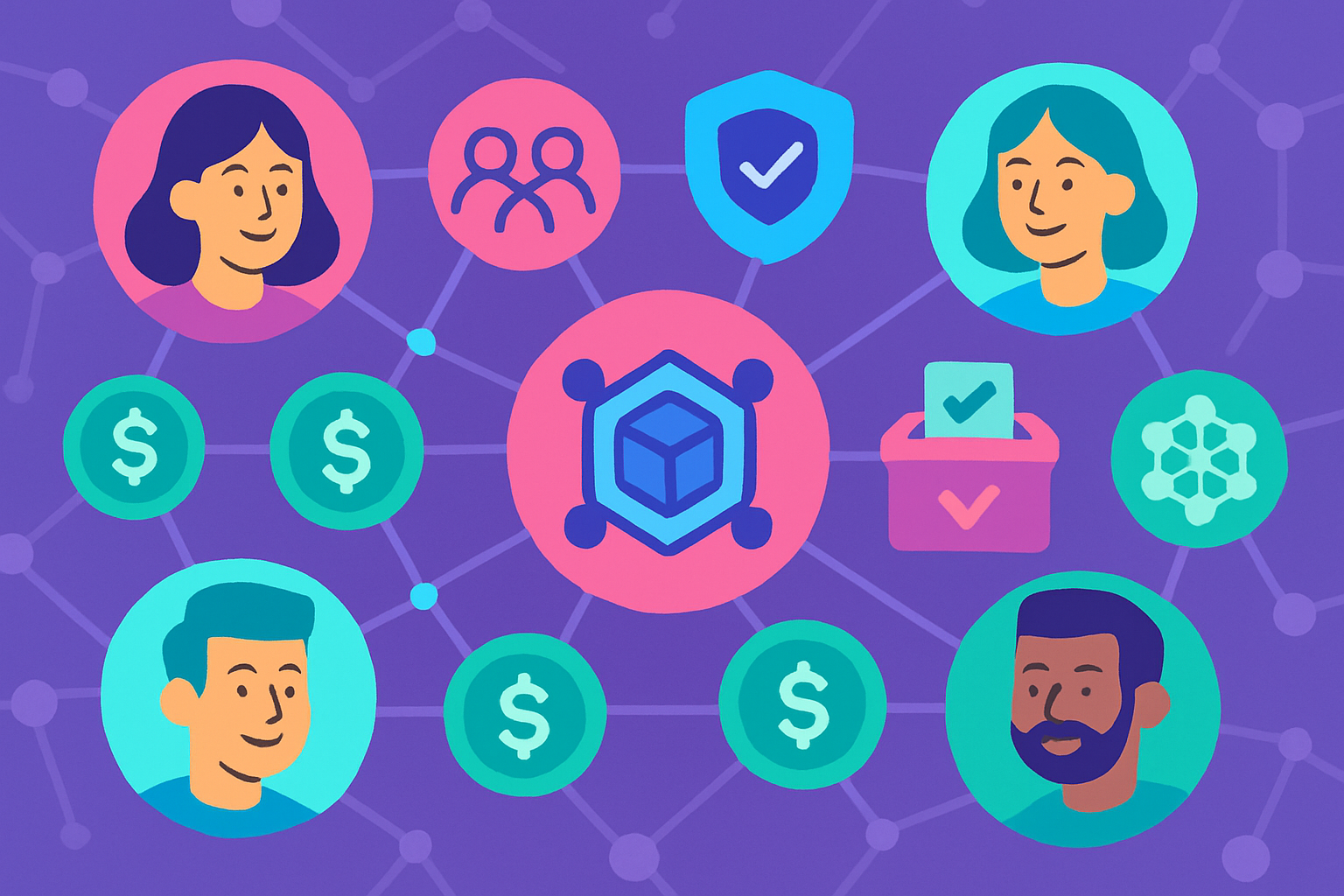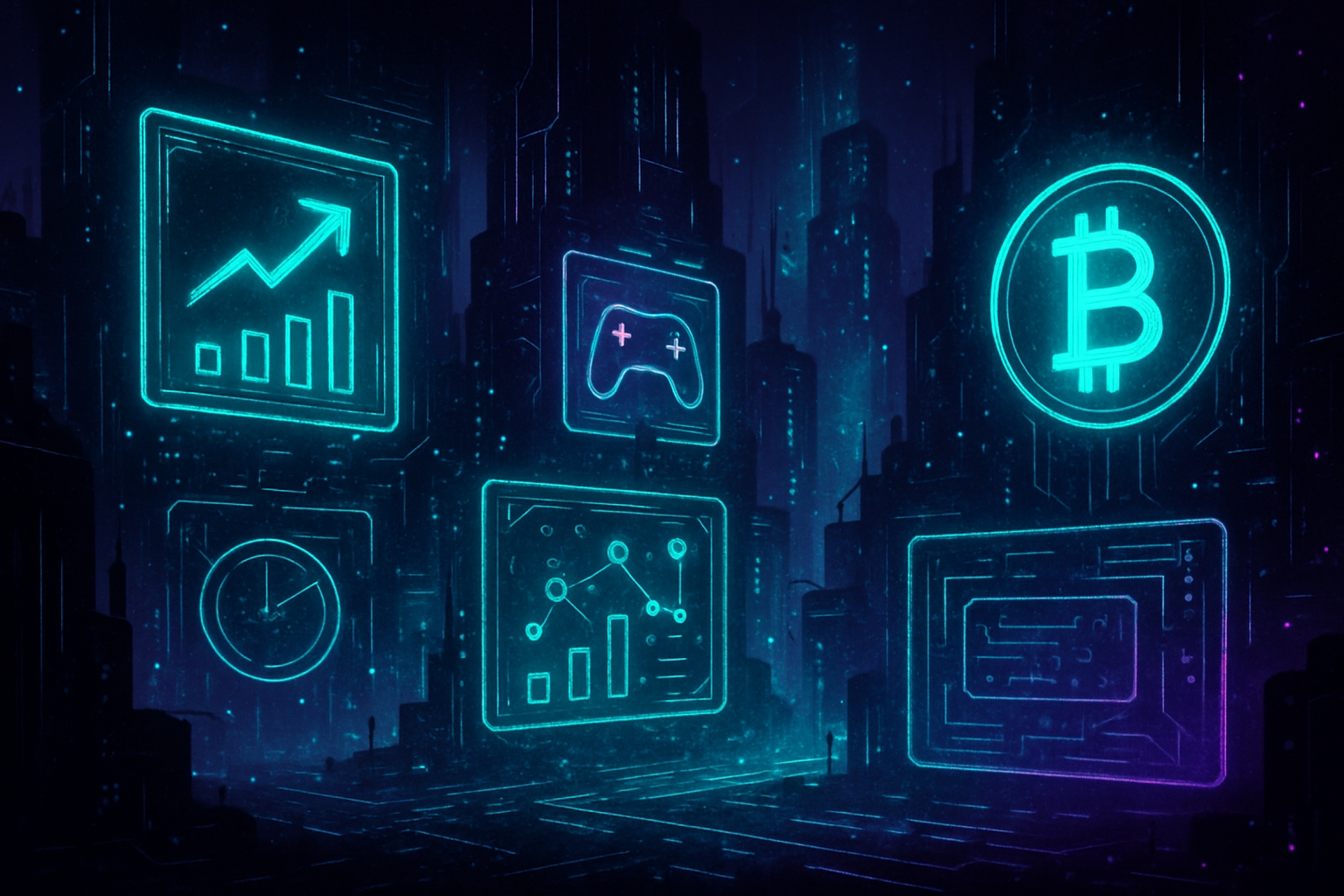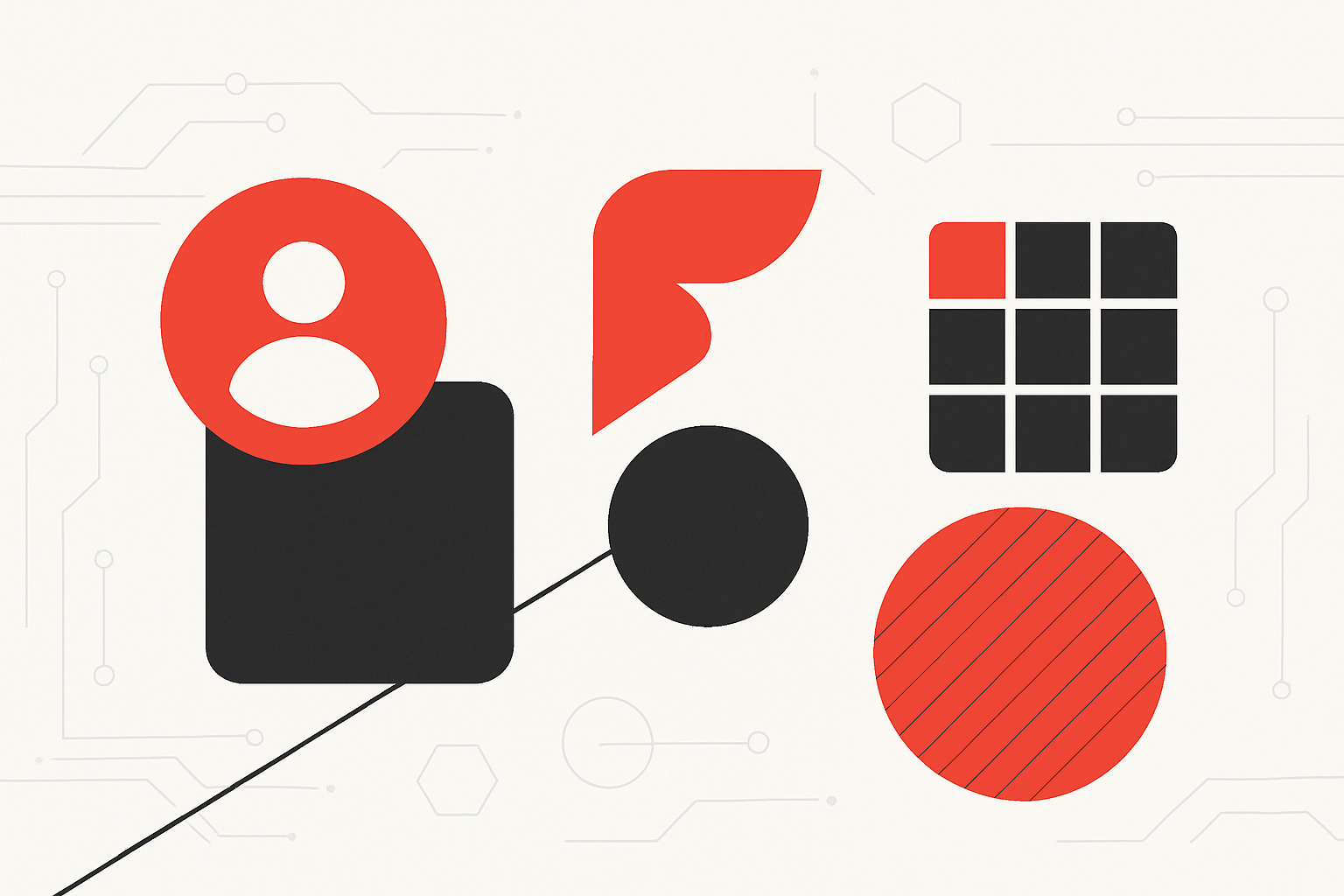
SocialFi is rapidly transforming the way we interact, monetize, and build communities online, with the Base blockchain and Farcaster protocol at the heart of this revolution. The convergence of scalable Layer 2 infrastructure and decentralized social protocols has given rise to a new breed of onchain social networks that prioritize user ownership, transparent incentives, and composable innovation. In this article, we’ll dissect how Farcaster and Base are powering the next generation of SocialFi apps by spotlighting four flagship projects: Farcaster, Warpcast, Friend. tech, and DEGEN.

Farcaster Base: The Engine Behind Decentralized Social Networks
At its core, Farcaster is a decentralized social networking protocol that enables users to own their identities, data, and interactions. Unlike traditional platforms, Farcaster operates on Base, Coinbase’s Ethereum Layer 2, bringing low transaction costs and high throughput to the SocialFi space. This foundational integration allows for real-time, onchain social actions without the friction or expense of mainnet Ethereum.
The protocol’s most innovative leap is Frames, which empower users to engage in onchain activities, minting NFTs, participating in DAOs, or tipping tokens, directly within their social feed. This seamless blend of social interaction and blockchain utility is setting new standards for what’s possible in Web3 social experiences. For a deeper dive into how Frames are shaping onchain engagement, check out this resource.
Pioneering Projects: The Big Four of Base SocialFi
Top 4 SocialFi Projects on Base
-
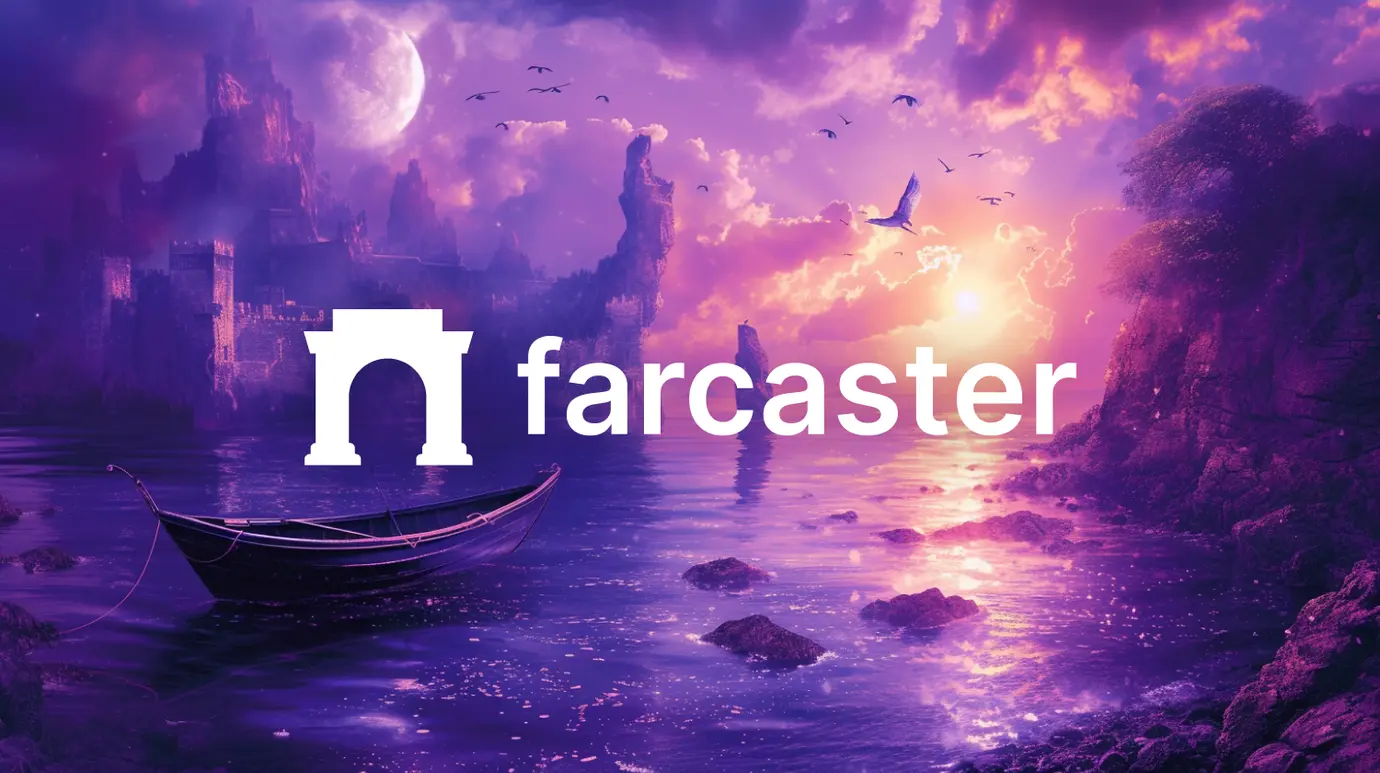
Farcaster: A decentralized social networking protocol built on Base, enabling users to own their data and interact onchain through features like Frames and community-driven governance.
-
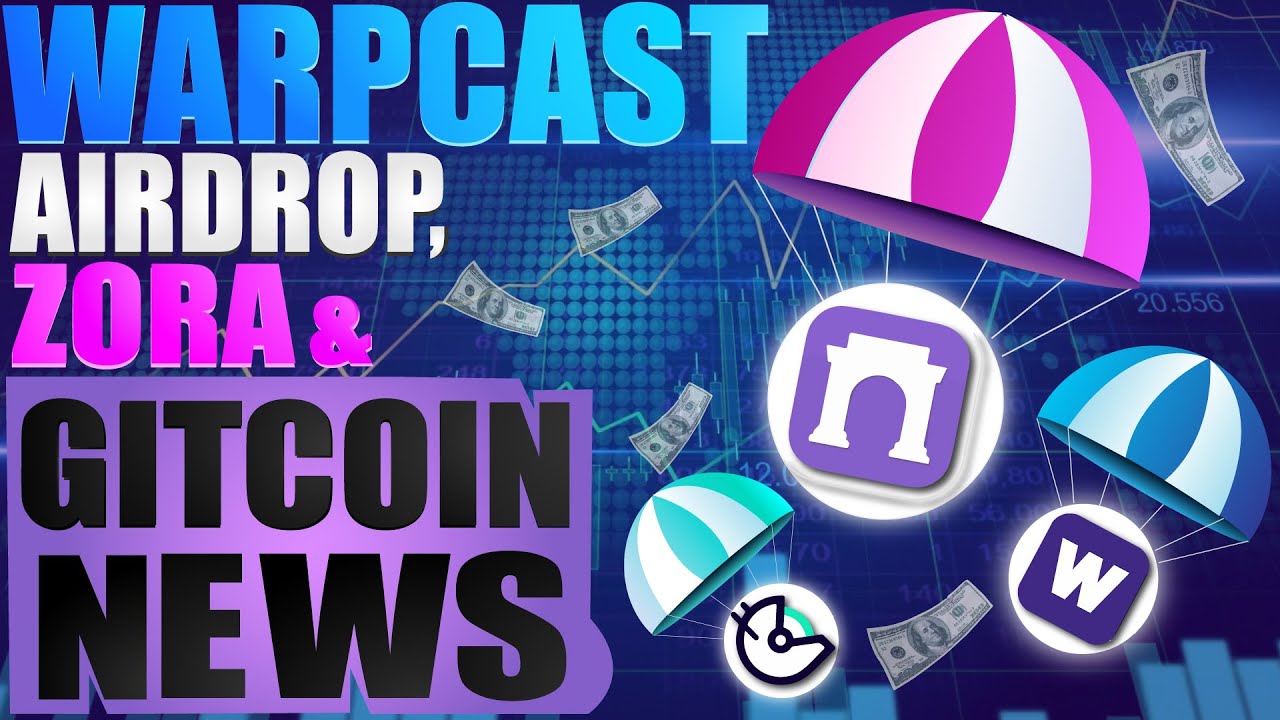
Warpcast: The flagship client for Farcaster, offering a seamless, user-friendly interface to access decentralized social feeds, post content, and engage with onchain actions.
-
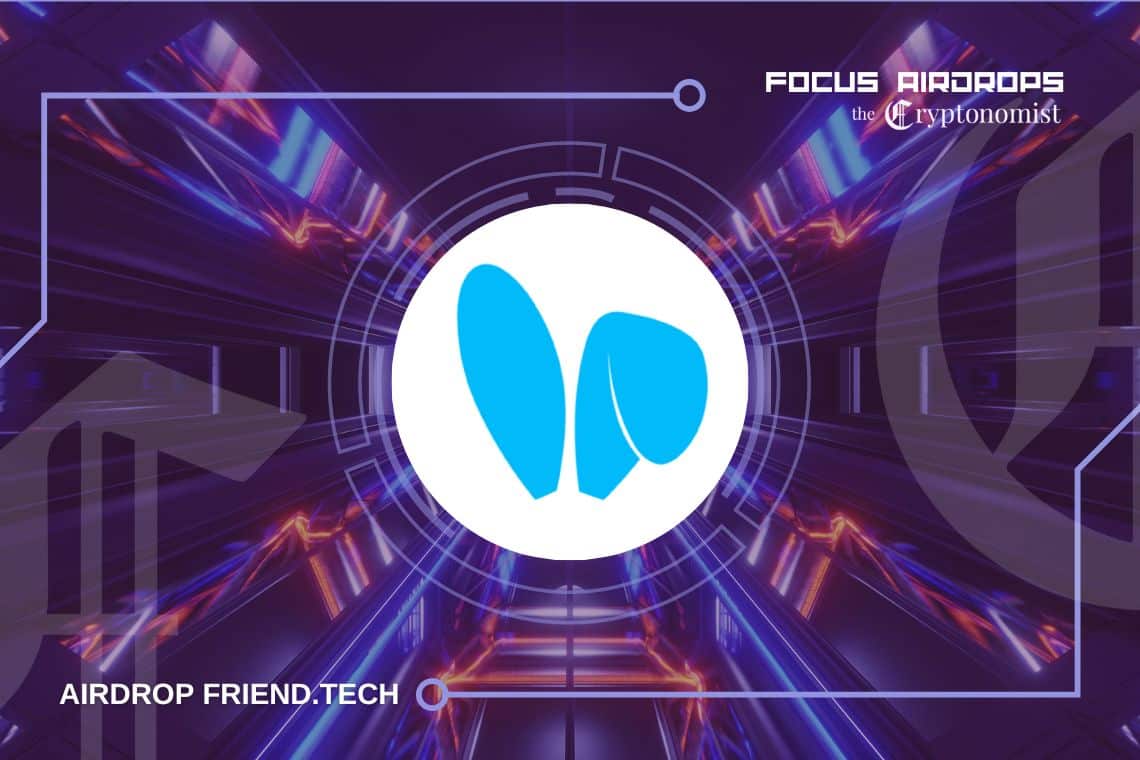
Friend.tech: A pioneering SocialFi platform on Base that lets users tokenize their social presence, enabling monetization through trading of user shares and exclusive community access.
-
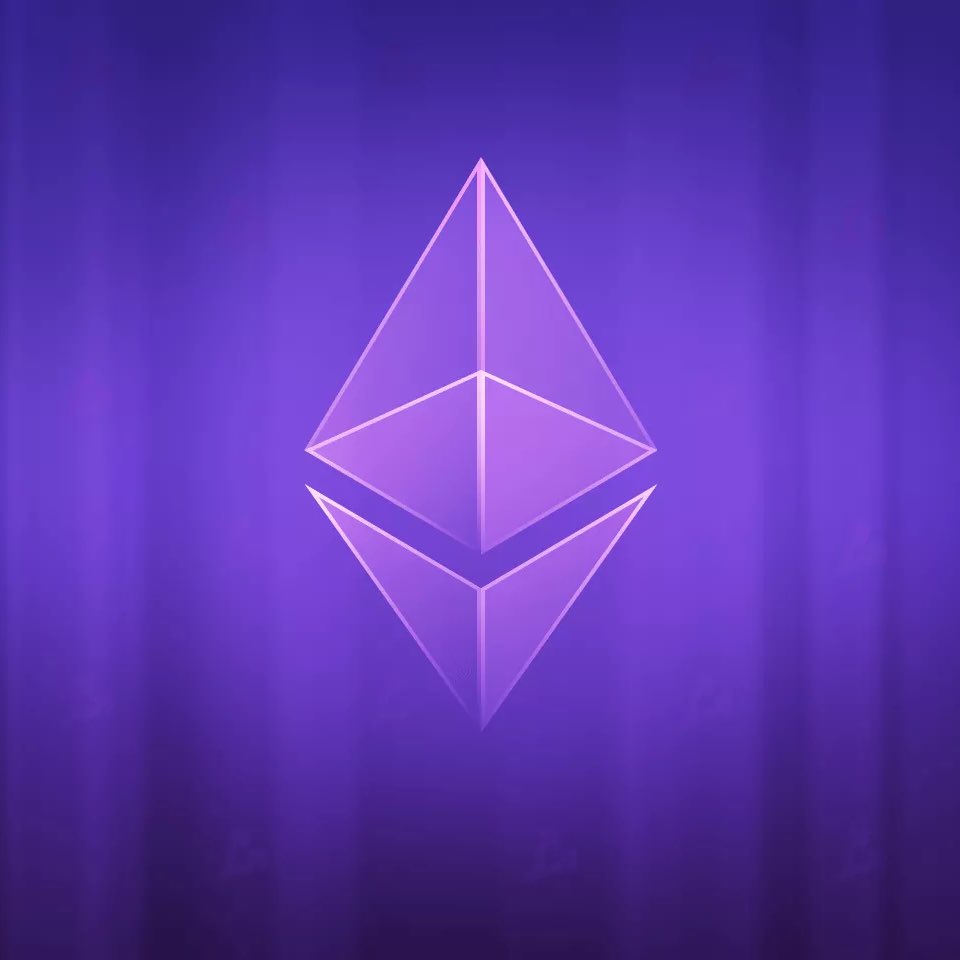
DEGEN: A community-driven token and ecosystem on Farcaster and Base, powering tipping, rewards, and innovative onchain social interactions via the Degen Chain Layer 3.
Let’s break down how each of these projects is leveraging the synergy between Farcaster and Base to redefine decentralized social networks:
- Farcaster: The protocol layer that underpins composable social apps. Its open architecture enables developers to build permissionless social experiences, giving users control over their profiles and connections.
- Warpcast: The flagship client for Farcaster, offering an intuitive interface for posting, following, and engaging with content. Warpcast’s native integration of Frames and tokenized actions makes it a central hub for SocialFi activity on Base.
- Friend. tech: A social trading app where users tokenize their profiles as “shares” that can be bought and sold. Built on Base, Friend. tech gamifies social capital and provides new avenues for creator monetization.
- DEGEN: Originating as a community meme token, DEGEN has evolved into a tipping and rewards mechanism within the Farcaster ecosystem. Its use in peer-to-peer tipping fosters a culture of engagement and appreciation.
Scalability Meets Social Utility: Why Base Matters
The technical backbone provided by Base is a game-changer for SocialFi. By drastically reducing transaction costs and increasing throughput, Base enables applications like Farcaster and Friend. tech to operate at scale without compromising on decentralization. This scalability is critical as user numbers fluctuate, such as Farcaster’s daily active users peaking at 15,000 in February 2024 before a pullback in September, highlighting the need for robust infrastructure to sustain growth and innovation.
Moreover, Base’s open stack approach invites developers to experiment with new models for social interaction and creator monetization. From token-gated communities to interactive Mini Apps embedded within feeds, the possibilities are expanding rapidly. If you’re interested in building your own SocialFi app or exploring the essential tools, see our guide here.
Another key differentiator for the Base-powered SocialFi ecosystem is its emphasis on ownership and interoperability. Unlike legacy social platforms that lock users into siloed networks, Farcaster and its associated apps allow for seamless migration of data and social graphs. This not only reduces switching costs for users but also lowers the barrier for new developers to launch innovative products that plug directly into an existing, engaged audience.
Warpcast exemplifies this ethos by serving as both a robust social client and a launchpad for new onchain experiences. Its integration of Frames means users can participate in NFT drops, voting, and even micro-payments in tokens like DEGEN without leaving their feed. This frictionless flow between social interaction and economic activity is a hallmark of the new SocialFi paradigm, blurring the line between creator, consumer, and stakeholder.
Friend. tech and DEGEN: Redefining Social Capital and Incentives
While Farcaster and Warpcast provide the protocol and user interface layers, Friend. tech and DEGEN are reimagining social capital and incentives on Base. Friend. tech’s share-based model transforms social connections into tradeable assets, allowing creators and influencers to monetize their network value directly. This has sparked a new wave of speculation and community-driven investing, but it also raises important questions about sustainability and long-term value creation in SocialFi.
DEGEN, on the other hand, started as a meme token but quickly found utility as a tipping currency across Farcaster apps. Its success demonstrates the power of grassroots, community-led token economies in driving engagement and rewarding positive behaviors. By embedding DEGEN into everyday interactions, the ecosystem encourages both creators and consumers to participate more actively, creating a feedback loop of value accrual and retention.
The Road Ahead: Challenges and Opportunities for Base SocialFi
The rapid evolution of SocialFi on Base is not without its challenges. The pullback in Farcaster’s daily active users by 40% since February 2024 underscores the volatility of nascent crypto social networks. Sustaining engagement requires continuous innovation, meaningful incentives, and a relentless focus on user experience. As more projects experiment with tokenized rewards and onchain governance, aligning incentives between users, creators, and developers will be critical to long-term viability.
Yet, the opportunities remain vast. The combination of Farcaster’s open protocol, Warpcast’s UX, Friend. tech’s financialization of social graphs, and DEGEN’s viral tokenomics positions the Base ecosystem at the forefront of Web3 social innovation. As new tools and frameworks emerge, expect to see even more experimentation with token-gated communities, decentralized identity, and interactive Mini Apps, each pushing the boundaries of what’s possible in decentralized social networks.
For those ready to dive deeper: our latest guide on how SocialFi apps on Base are revolutionizing creator monetization offers actionable insights and step-by-step strategies for both users and builders.
Ultimately, the partnership between Farcaster and Base is a proving ground for the next generation of SocialFi apps, where ownership, composability, and incentives converge to empower users in ways that legacy platforms never could. As the ecosystem matures, those who can navigate its complexities and harness its unique strengths will be best positioned to unlock the full potential of decentralized social networks.

